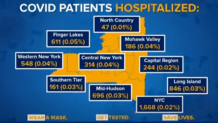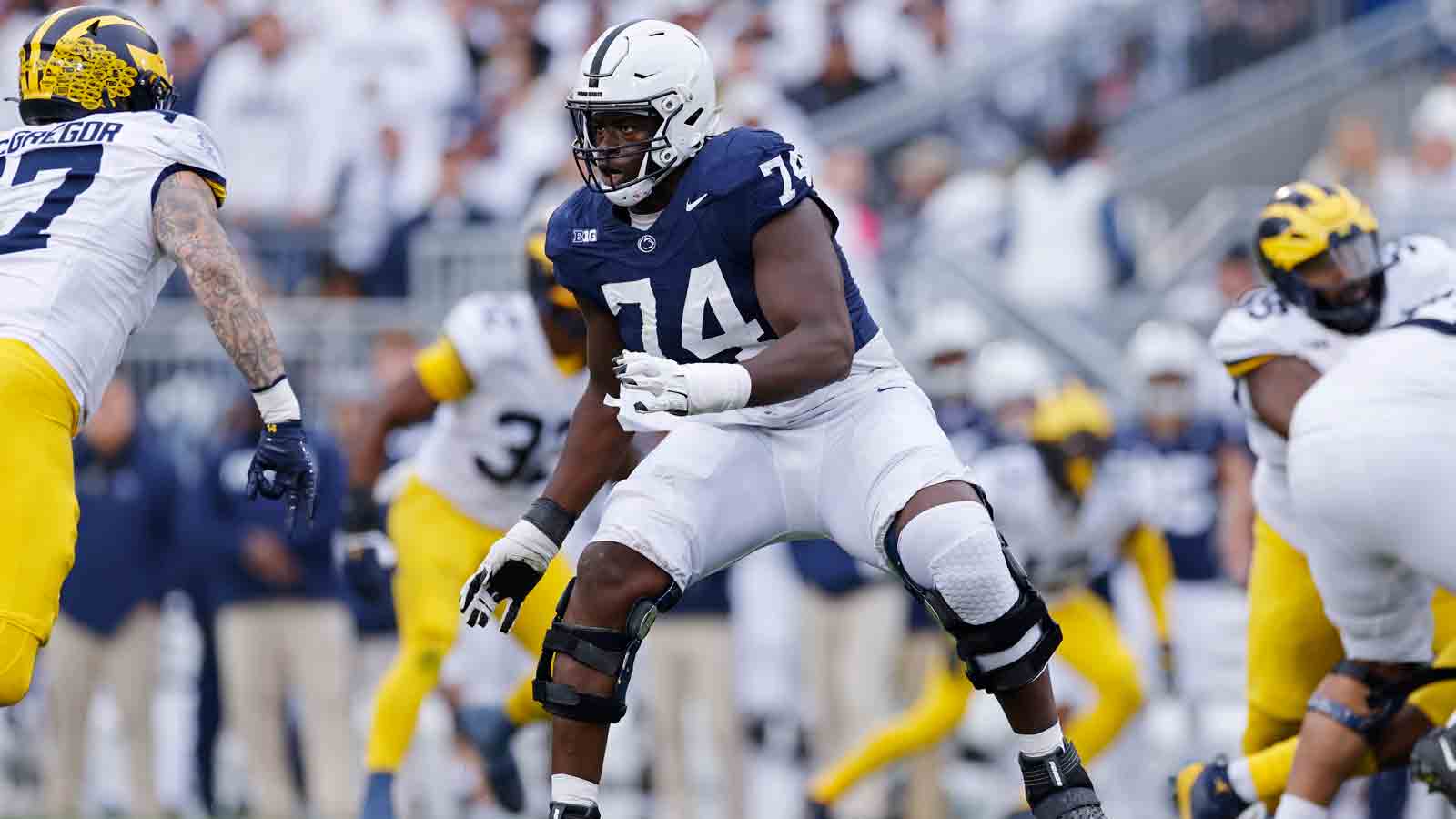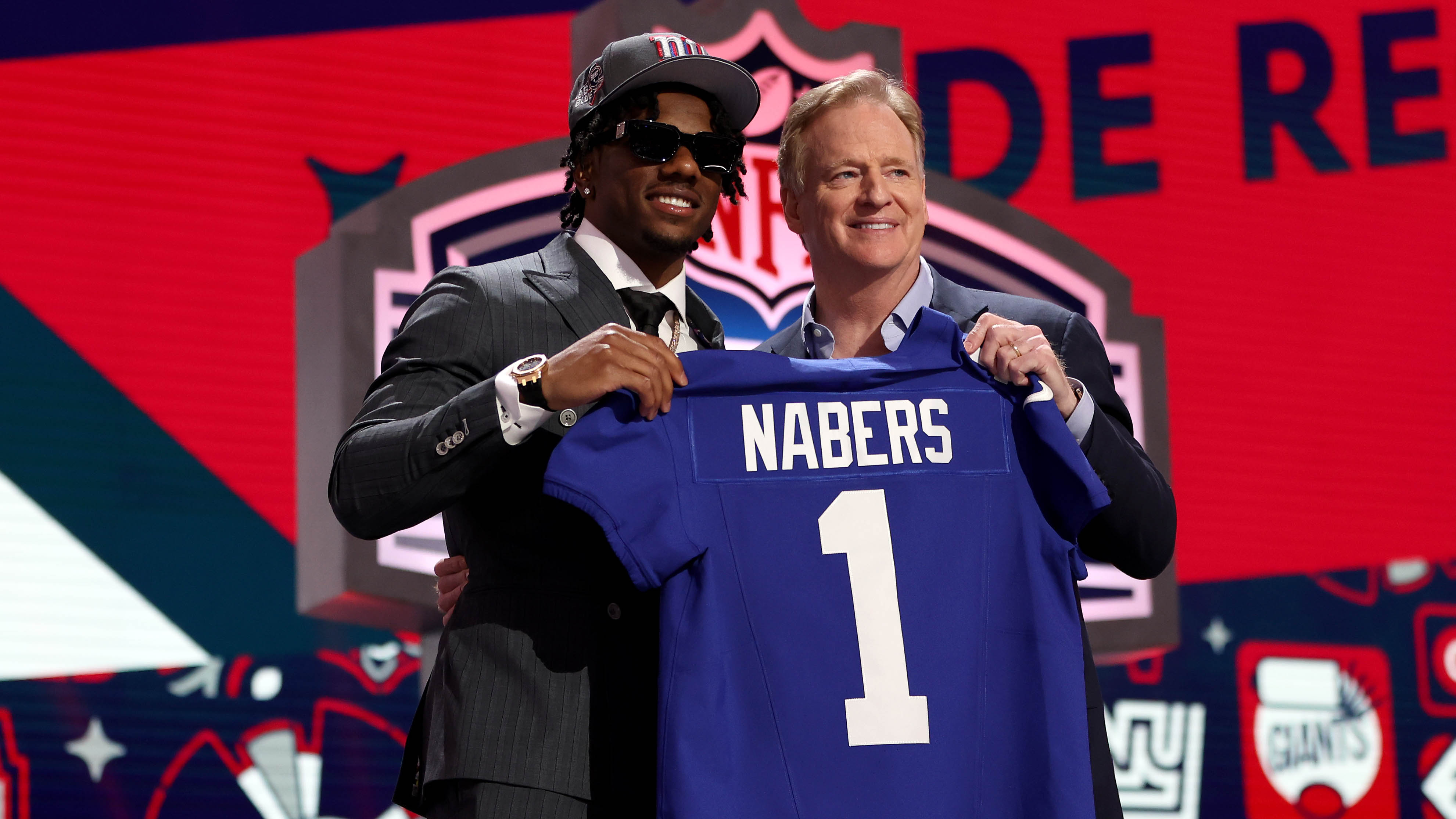What to Know
- Indoor dining will be suspended indefinitely in New York City as of Monday, Gov. Andrew Cuomo said Friday; it came the same day the city topped thresholds on the mayor's three indicators for 1st time
- In New York, state hospitalizations have topped 5,000 for the first time in nearly nine months; Gov. Cuomo debuted new rules for red, orange and yellow cluster zone areas tied to those rates
- Hospitalizations are also at May levels in New Jersey; state projections show they could top April peaks by early next year if public compliance with masks and distancing doesn't improve
Indoor dining operations will be suspended as of Monday -- New York's governor announced on Friday -- the same day wintry weather is expected to strike the tri-state, delivering not one, but two chances for snowfall this week.
Gov. Andrew Cuomo delivered the grim news for restauranteurs and staff following sustained increases in New York City's hospitalization and COVID-19 positivity rates. Other regions face similar results if hospitalization rates are unstable for more than five days, the governor said.
The city's Sanitation Department issued a Winter Operations Advisory on Sunday, warning of the winter weather in the forecast. Under the advisory, made when less than one inch of snow accumulation is in the forecast, establishments under the Open Restaurants program may stay open but must "take steps to protect patrons, staff and property."
The Winter Operations Advisory is one of two new weather orders the Sanitation Department will make regarding outdoor dining. The second, a Snow Alert, suspends outdoor dining when more than one inch of snow is in the forecast. In this case, restaurants must remove or secure outdoor furniture; electric heaters should be removed altogether. If more than a foot is expected, the alert calls for outdoor structures or barriers to be removed or consolidated.
Asked to comment on the anticipated new restrictions ahead of Cuomo's Friday briefing, de Blasio acknowledged shuttering indoor dining would hurt. The mayor said the return of it in November was credited with the restoration of about 100,000 jobs. But the priority has to be protecting public health, he adds.
"I feel tremendous empathy for restaurant owners, a lot of them are mom and pop businesses, we want them to survive. We need them to survive," de Blasio said. "At the same time, these numbers don't lie. For the first time unfortunately all three of our indicators are past their thresholds. That's a second wave. We have to fight it back to save lives. We have to fight it back to start our recovery."
Local
Those who represent the city's restaurant industry, including the NYC Hospitality Alliance, argue it's unfair to close indoor dining in the five boroughs as restaurants upstate, where the hospitalization rate is double, are allowed to remain open.
"It will be the last straw for countless more restaurants and jobs," NYC Hospitality Alliance Executive Director Andrew Rigie said in a statement. "New York City’s restaurants have gone above and beyond in ensuring their businesses create a safe and healthy environment for their customers and employees that meet the state’s required safety protocols – at a significant cost – and it’s worked."
Mark Gjonaj, New York City Council's Small Business Committee Chair, called for finding "creative ways" to provide financial help for locally owned restaurants. He proposed that some of the possibilities to alleviate part of the burden includes things like "delaying the payment of a specific set of taxes such as payroll, sales and water and sewer charges; waiving license and permit fees; providing easily accessible and free PPE," and more.
Mitigating increases in the state's hospitalization rate has become Cuomo's top priority -- and he recalibrated the state's micro-cluster model as part of a revised overarching post-holiday plan he unveiled Friday. That plan includes new standards for red, orange and yellow cluster zones and adjusted focus metrics.
If any region in the state is projected to hit 90 percent hospital capacity within 21 days, the governor will impose a red zone shutdown. That means nonessential businesses, schools and restaurant table service close in a given region for an indefinite period of time, a measure reminiscent of strict lockdowns from spring.
“If we don’t slow the spread and we overwhelm the hospital system — we get to a red zone... then every restaurant goes to zero indoor, outdoor zero. That’s the worst-case scenario,” he added.
Going forward, areas will be deemed orange zones if they are at 85 percent hospital capacity and a positivity rate of at least 4 percent for 10 days or the Department of Health determines hospitalization rates to be unacceptably high.
One other adjustment from previous rules: gyms and salons will be permitted to continue operating in orange zones with increased testing and reduced capacity (25 percent; the current limit on those businesses within non-orange zones is 33 percent). Cuomo said he made the change because says capacity limits and additional regulation have dramatically reduce spread in those places, as the state has said that transmission rates at those places has been lower than previously feared.
As for yellow zones, those will be areas with positivity rates of 3 percent or higher for 10 days that also are in the top 10 percent for hospital admissions per capita over the past week and see week-over-week growth in daily admissions. Cuomo says his team plans to review the latest data this weekend and will announce any new cluster zones Monday. He'll also reassess indoor dining outside the city.
The changes announced Friday are the core of Cuomo's revised winter plan, which prioritizes hospital capacity and acutely focuses on positivity rates, density, risk level of economic activity and rate of transmission. It's an interwoven strategy.
"We cannot relax until COVID relaxes — and COVID is not relaxing," Cuomo said.
New York City has a lower hospitalization rate than 3/4 of the state's regions and most major U.S. cities, but its density is a heightened risk factor. The new restrictions set to take effect Monday ensure that risk isn't underestimated.

The state's transmission rate is 1.3 as of Friday, Cuomo said. That's up from 1.2 on Monday and well above what the governor classifies as an "active outbreak." The raw numbers back that up. New daily cases have been on the rise, topping 10,100 in New York each of the last three days. Part of that is connected to increased testing but it also reflects a U.S. crisis that shows no signs of abating.
Despite its struggles, New York continues to fare better than most of the rest of the country. The Finger Lakes has the highest positivity rate of the 10 regions at this point, but even that 7.81 percent rate is lower than 40 states, Cuomo said.



